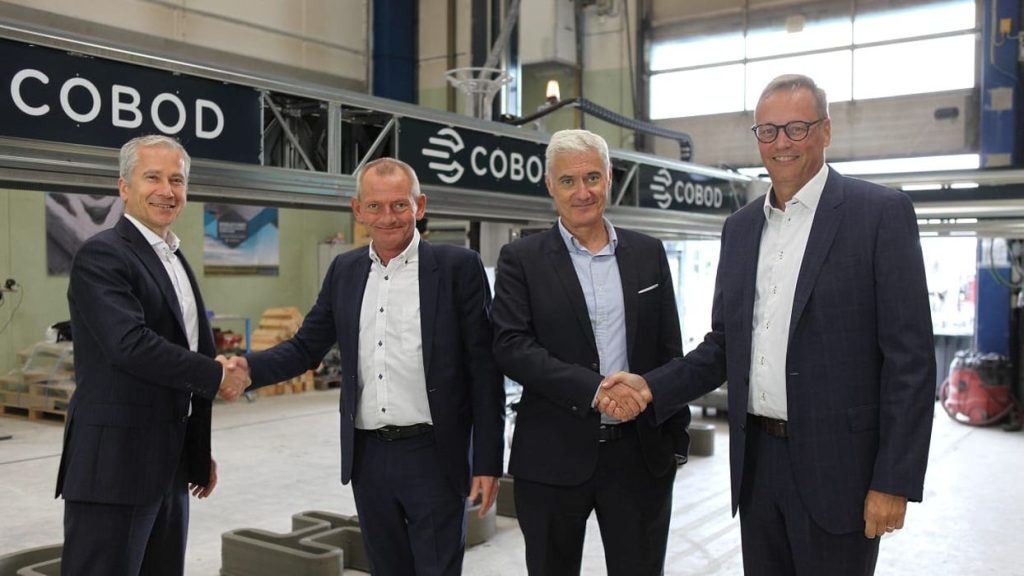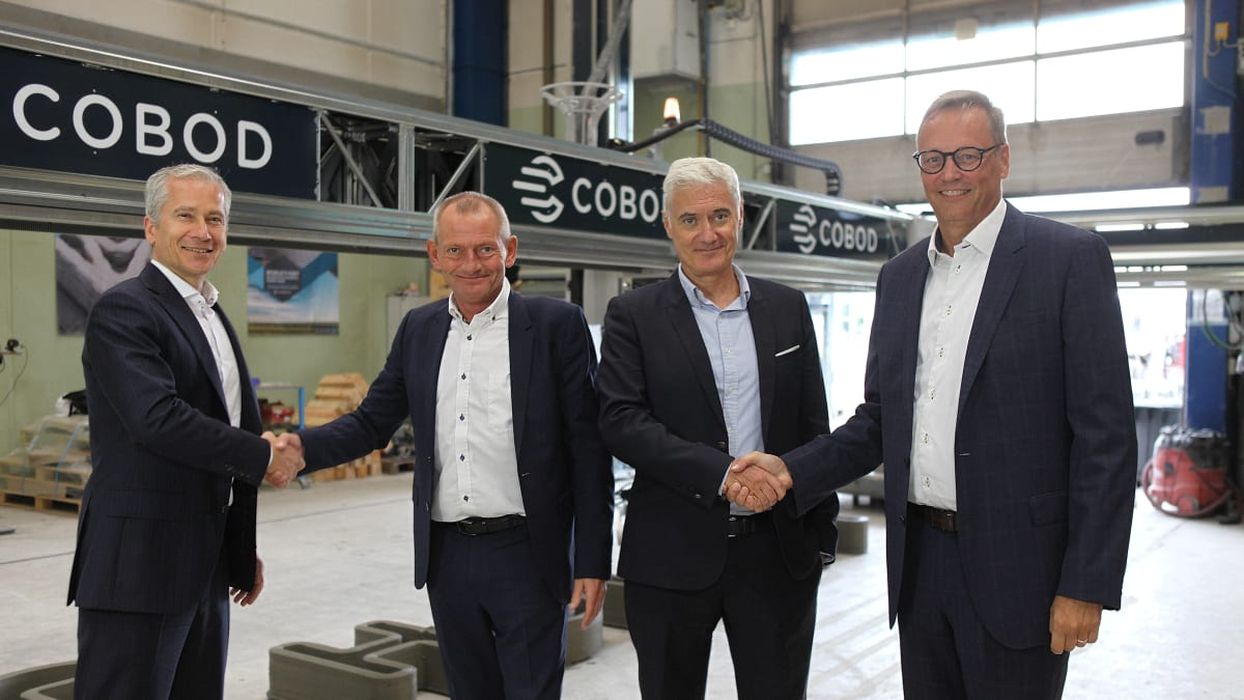
Investments are being made in 3D print companies every day, but they may not be very visible.
There are tons of money flying around the 3D print space these days. That’s because investors are now realizing that there is a massive potential for the technology in the future.
Today we see extensive use of the technology in a few niche areas: aerospace, medical implants, dental applications and some automotive. There is also considerable and growing use in prototyping and low-volume production applications.
Over the past few years the technology has notably grown in capability and pricing.
Machines are able to print high quality models in the widest array of materials ever available to the technology, and the pricing of equipment continues to drop.
As those factors increase, the “line” of feasibility drops, enabling more industries to adopt the technology. That’s not an easy thing to do, because it requires awareness, experience and innovation to properly take advantage of the technology. However, those are solvable problems and need only be overcome once.
The major players in the 3D print world see this happening and are all (or most of them, at least) are positioning for manufacturing use. They do this by adapting their equipment to “fit” within factory environments, in terms of both hardware and software. They are amassing certifications of different engineering and production materials, and often collecting them in profile repositories for easy use by new-to-the-technology manufacturers.
Savvy investors are now seeing these trends as well, and wish to get in on the action before things explode.
The result is a series of investments taking place in 3D print companies. But these investments take two forms.
For the publicly traded companies, getting in on the action is easy: just buy some stock in the relevant companies. Unfortunately, that’s not very visible: there’s few ways to know a company is buying stocks in another company. You can, however, track the leading 3D print companies by following our Sunday series, “Who’s the Biggest in 3D Printing”. Each week we publish a chart of the latest valuations of the publicly traded companies in the space.
Another type of investment is done for privately-held 3D print companies. In this scenario a company makes a private deal with another party to receive investment. The deal could be an exchange of cash (in) for shares in the company (out). Or it could be a more complex deal involving options or other value, sometimes triggered by specific events in the future.
Since the majority of 3D print companies are still privately held, it’s likely the majority of investment is flowing that way as well. In addition, the private companies tend to be smaller and thus could be more attractive to buyers looking to get in early on a company’s journey.
Most of these investments happen quietly, and there are few sources of information. One source is Crunchbase, a popular directory of startup companies that does provide some record of private investments. However, full details require a subscription. Another option is PitchBook, which is quite detailed, but requires a hefty annual subscription for access. Companies would provide private investment information to these and other sources in order to show future investors that others already had sufficient confidence to invest in them.
Sometimes the investment is sufficiently notable to warrant a press release by the company to announce the new investor. Often these are companies in related industries, where the new investment relationship can demonstrate an advantage over their competitors. For example, a manufacturer of a 3D printer specialized for producing auto parts would benefit if they said Ford was investing in them.
Almost always, these private investment announcements don’t specify the portion of the company the investor received, although the amount of the investment is sometimes published.
As examples, here are several recent investments that companies thought worthy of release:
COBOD, one of the leading construction 3D printer manufacturers, based in Denmark received an unknown major investment from Holcim. Holcim is a major worldwide construction firm that’s previously collaborated with COBOD by using their equipment. An investment by them does demonstrate confidence — see how this works?
Trinckle, a Berlin-based developer of design automation software for additive applications, received a huge €3M (US$3M) Series A investment from HZG Group. HZG Group has previously invested in 3D print ventures, and thus knows about the space. Their activity with Trinckle demonstrates confidence in the company.
Cloud Factory, a jewelry manufacturing firm using metal 3D print technology, received a €2M (US$2M) investment from Change Ventures, a venture capital firm based in the Baltics area. The company leverages the ability of 3D printing to produce custom jewelry at scale.
These are but three of the announcements of this type we’ve received in the past week. There are no doubt countless more occurring daily, and the sum of all that investment is very likely going to determine how we make things in the near future.

